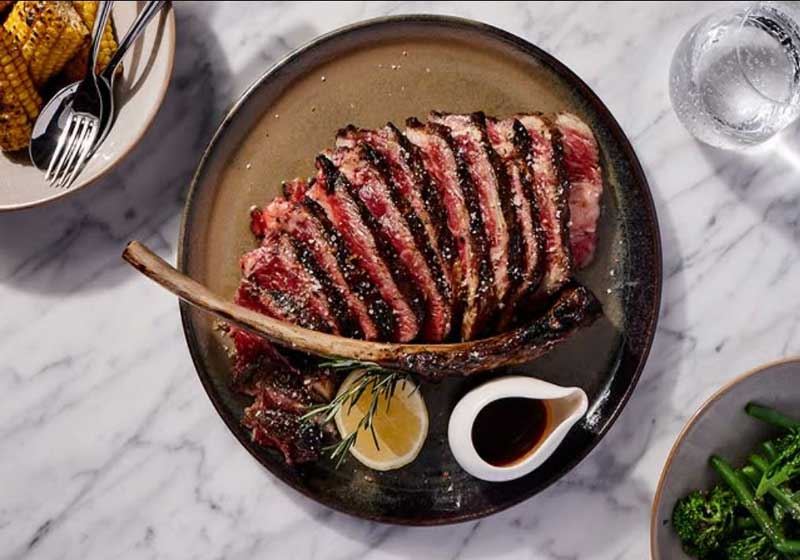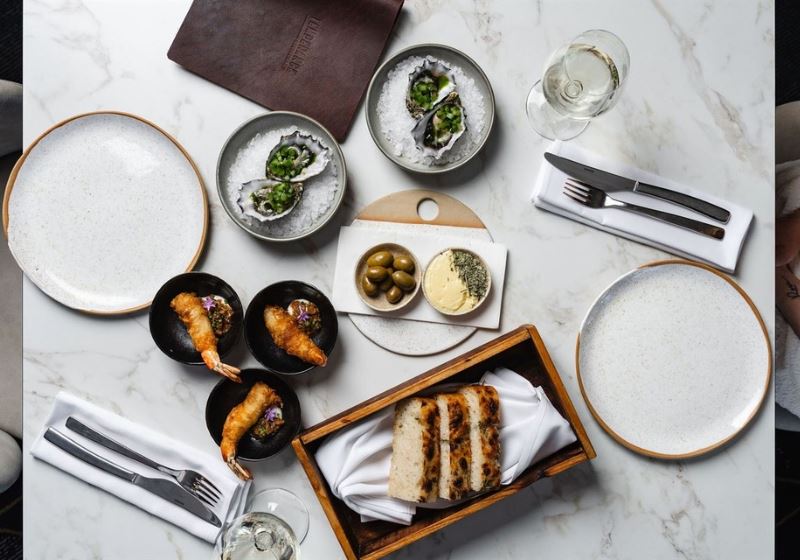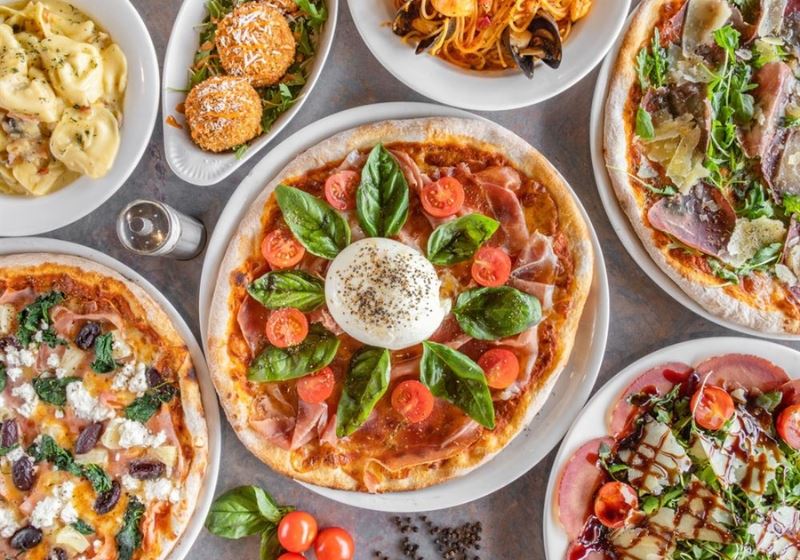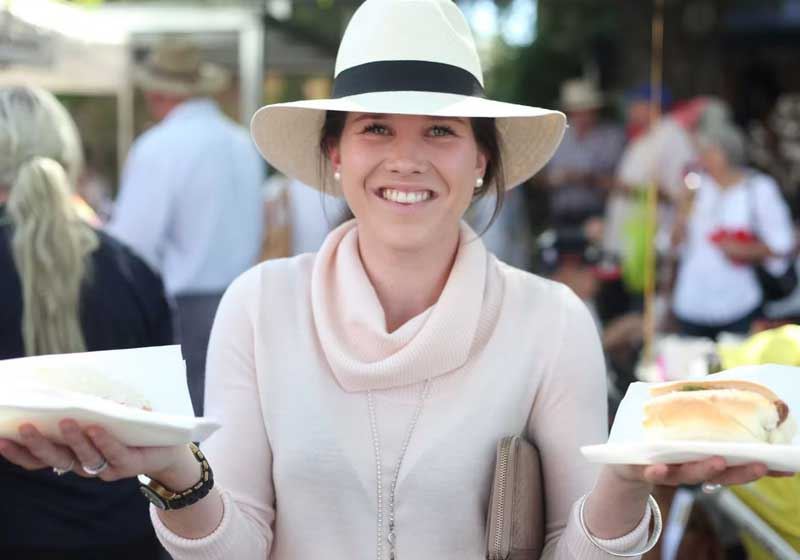Is there anything more Australian than cooking the perfect steak on the barbeque?
Of course we love our snags, especially from Bunnings, but when we want to deliver the ultimate BBQ experience, steak is always our first choice – add a few shrimps for a barbie meal made in Aussie heaven.

When choosing meat for a barbeque there are several things to consider:
•Cut – different cuts are suited to different cooking methods. For example, brisket is a tough cut hat needs to be cooked slow and low to become tender, while filet mignon is low fat and cooks quickly.
•Marbling – intramuscular fat, or marbling, enhances flavour and tenderness.
•Freshness – meat should be firm, hold its shape and have a vibrant colour.
•Thickness – a consistent thickness will help the meat cook evenly.
•Source – buy from a reputable butcher or meat market.
Here are some specific cuts of meat that are good for barbequing:

Ribeye – a tender, juicy and flavourful cut with a high concentration of marbling.
Filet mignon – a tender and juicy cut that cooks quickly due to its low fat content.
Sirloin – a tender cut that can be grilled, barbequed, sautéed or pan-fried.
Brisket – a tough cut from the cow’s chest that needs to be cooked slowly on low heat to become tender.
Flat iron – a lean cut from the steer’s shoulder with near-perfect marbling that makes it tender and flavourful.
Strip steak – a flavourful and tender lean cut with enough marbling to contribute great flavour.

T-bone – a thick-cut steak that contains both a tenderloin and a strip steak, separated by a T-shaped bone.
Porterhouse – a tender and popular cut of beef that is ideal for barbequing.
How to cook the perfect steak:
Before you cook steak, you will need to clean the BBQ grill thoroughly. Scrub it with a wire brush to get rid of residue from the last time you used it. Preheat the barbeque grill on its highest setting for 15-20 minutes.
You can use tongs or a spatula to turn your meat on the grill (just once – don’t go crazy). Don’t go poking it with a fork or prodding at it. If you pierce the meat, the juice will escape. It’s the juice that makes your steak tender and flavoursome.
Whatever you do, you don’t want to overcook your steak. Instead of juicy and tender morsels, you’ll end up with a tough and tasteless slab of meat. It doesn’t matter how expensive the cut of steak is – and the preparation that you have done – an overcooked steak is destined for the doggie’s bowl!

Cooking times will vary due to the thickness of the steak, but here are some examples:
For a rare 2 cm-3 cm thick piece of steak, cook it 2-3 minutes each side; for medium, 4-5 minutes per side and for well done, about 5-6 minutes each side.
To check if your steak is ready, gently push it down with a pair of tongs – for rare, it should be soft; for medium, slightly firm and for well done, it will feel very firm.
Most important!
You need to let the steak rest – but not on the same plate you used for the raw steak.
Cover with loosely tented aluminium foil for around 5-10 minutes.







